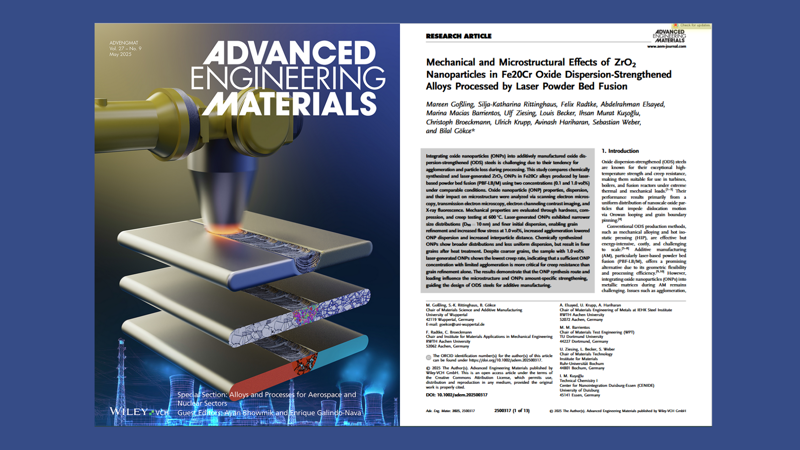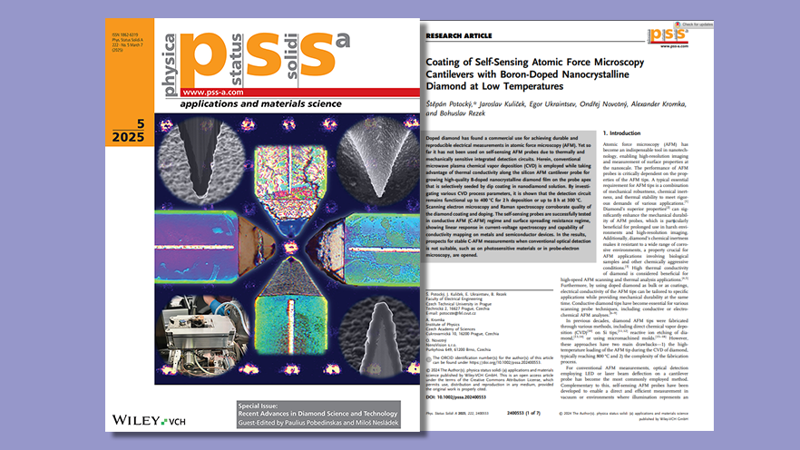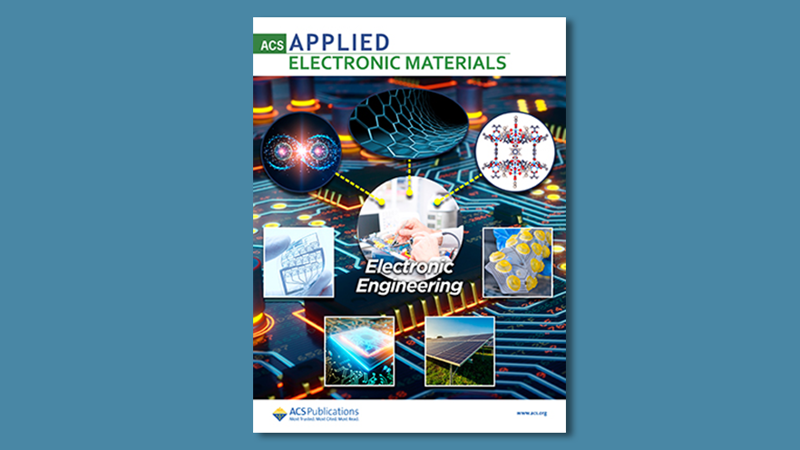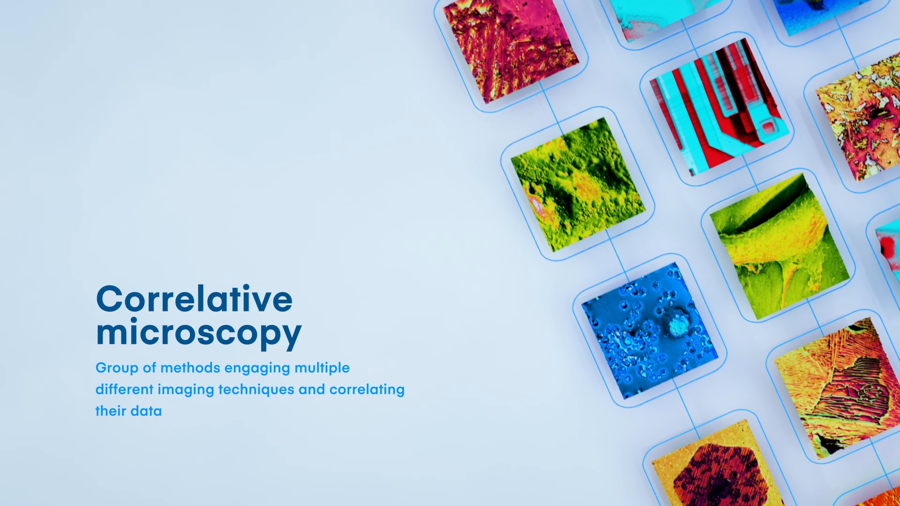Correlative microscopy
Correlative microscopy is an approach that benefits from the imaging of the same object by at least two different techniques. With the ever-increasing demand for complex and more precise imaging, the pressure on the development of new technologies in microscopy is constantly growing. The term refers to a group of methods engaging multiple imaging techniques and correlating their data, which leads to surprising results and scientific discoveries.
Examples of correlative microscopy are many. E. g. Correlative Light and Electron Microscopy (CLEM), often used in the Life Science field, enables obtaining a complete overview of a cell, while at the same time analyze biomolecules in that same cell on the scale of a few nanometers. Other already available examples of correlative microscopy are SEM-Raman, AFM-Raman, SEM-FIB, AFM-SEM, etc.
We are pioneers of in-situ multimodal correlative imaging
The correlation of images from two microscopes can be limited by the difficult localization of the region of interest or incompatibility of data acquired by different instruments under different conditions. To achieve the best results possible, you need to obtain and variety of AFM modalities (AFM, C-AFM, KPFM, MFM) and SEM images (SE, BSE, EBIC, EDX) at the same time, under the same conditions and in a user-friendly way.
This can be achieved by unique CPEM (Correlative Probe and Electorn Microscopy) technology, developed by NenoVision. It represents a combination of complementary AFM and SEM that enables you to use the advantages of both these techniques via LiteScope AFM-in-SEM.
CPEM technology
With the CPEM technology developed by NenoVision, you can easily acquire AFM and SEM simultaneously and correlate them in real time. The CPEM brings new possibilities for advanced correlative imaging in a variety of fields such as Material Science, Nanostructures, Semiconductors, Life Sciences, and many more.
CPEM has been developed for a variety of applications, representing a new patented technology of correlative imaging. It brings a solution synchronizing:
- the scanned area
- resolution and image distortion
- and enables to correlate both acquired AFM and SEM images in a real-time
See also

Want more info? Feel free to...

ZrO2 Nanoparticles in Fe20Cr Oxide Dispersion-Strengthened Alloys Processed by Laser Powder Bed Fusion
The study investigates oxide nanoparticles (ONPs), specifically ZrO2 nanoparticles in Fe20Cr alloys, produced via laser powder bed fusion (PBF-LB/M), in order to understand how these nanoparticles impact the microstructure and mechanical properties. LiteScope was used for validating Electron Channeling Contrast Imaging (ECCI) findings and to distinguish nanoparticles (ONPs) from pores or preparation artifacts.

AFM-in-SEM LiteScope on the Cover of a Key Study on Diamond-Coated Probes
Researchers have developed a low-temperature plasma process to coat self-sensing AFM probes with boron-doped nanocrystalline diamond, boosting durability and sensitivity. This breakthrough enables precise electrical mapping of micro- and nanostructures in air and vacuum, advancing semiconductor technology.

Impact of Electron Irradiation on WS2 Nanotube Devices
Uncover the hidden effects of electron beam exposure on WS2 nanotubes and learn why understanding substrate charging is crucial for accurate prototyping and reliable device performance in next-generation electronics.

